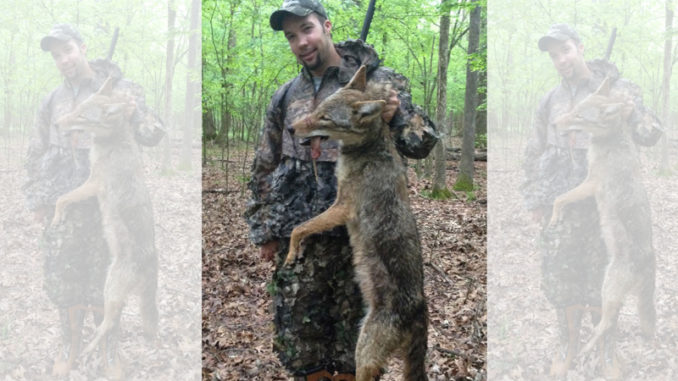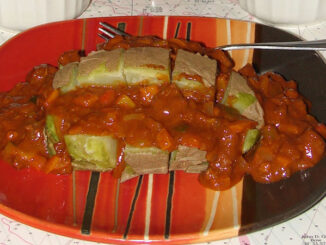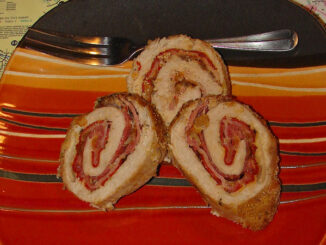
Coyote breeding season presents great opportunities
Over the past 20 years, coyotes have taken a foothold in every county in the Carolinas. From livestock and domestic pet predation to population reductions in native game and non-game species, coyotes are well beyond becoming a nuisance. They are a real problem that needs an immediate solution. Increased hunting pressure may help curb depredation issues. Calling coyotes can be very effective at luring coyotes into range.
Coyotes are omnivorous and very opportunistic. They eat just about anything they can, including insects and vegetation. But the diet of most coyotes is made up of rabbit, various rodents, ground-nesting birds and other small animals. And coyotes in the south treat newborn deer fawns as common delicacies.
According to a series of studies conducted on the U.S. Department of Energy’s Savannah River Site near Aiken, S.C., coyote predation was the leading cause of mortality for newborn fawns. The timing of fawn births perfectly coincides with coyotes raising their newborn pups. So fawns are the perfect choice for coyotes trying to feed the family.
But coyotes remain active during their rut. And February is the peak of coyote breeding season in the Carolinas.
Coyotes breed only once a year
Deer come into estrus each month during the breeding season until they conceive. But coyote females only become available for breeding once a year, usually lasting between eight to 10 days. Both female and male coyotes will court very actively between late January and the first week of March, waiting around for the conception period to begin. The combination of courting and the cooler weather increases hunger and around-the-clock activity levels. Coyote hunters see increased activity throughout the month.
Coyotes communicate better than most animals. They use various vocalizations to establish territories and to interact with the opposite sex during the coyote breeding season. Good hunters capitalize on that. They know coyotes are susceptible to calls, and skilled hunters can easily lure females and males into shooting range.
Typically, coyotes form lifelong bonds with their mates. Females vocally alert their male counterparts when they are in estrus. So the female mating call stirs up the woods and alerts every other coyote around.
Fortunately for hunters, electronic calls are legal. They can be very productive during the breeding season. Both male and female coyotes will respond to calls, especially the estrus whimpers made by the female. She begins to whimper when she is in season and ready for insemination. Obviously, males will come in when they hear the mating call. But other females will come in as well. They are curious about what other female is around trying to breed with her mate.
Luckily, both the N.C. Wildlife Resources Commission and the S.C. Department of Natural Resources allow for unlimited harvest and liberal methods of harvest. That includes night hunting (with some restrictions) and the deadly electronic mating calls.





Be the first to comment